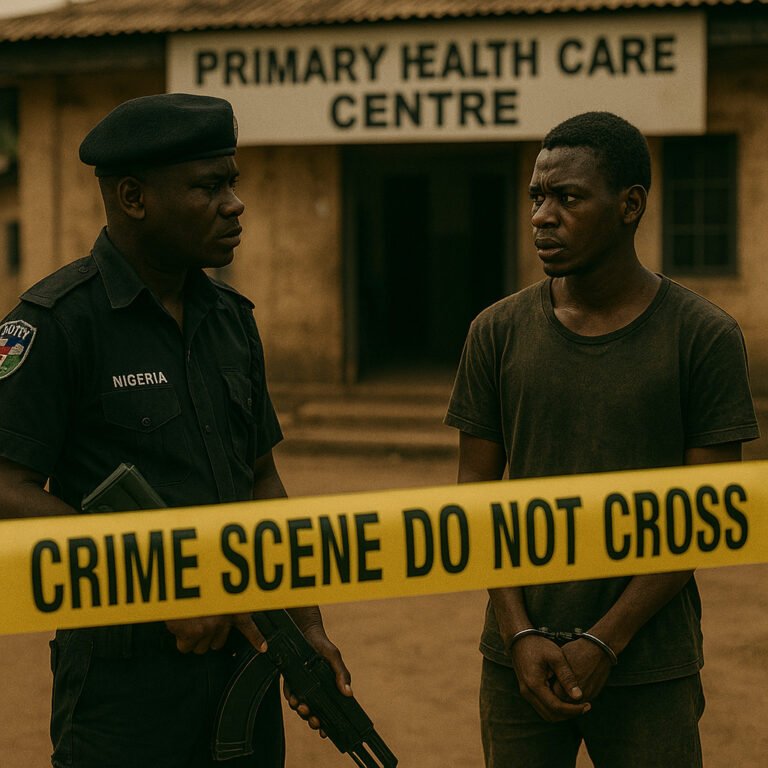How urban health is evolving in Nigeria with support from CHORUS: ICUH Posters from Nigeria

Nigeria is experiencing rapid urbanisation, and its urban population has surpassed 50%, overtaking the rural population. However, more than half of urban residents live in urban slums, where living conditions are very poor and access to essential life-saving services is…









